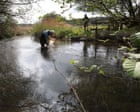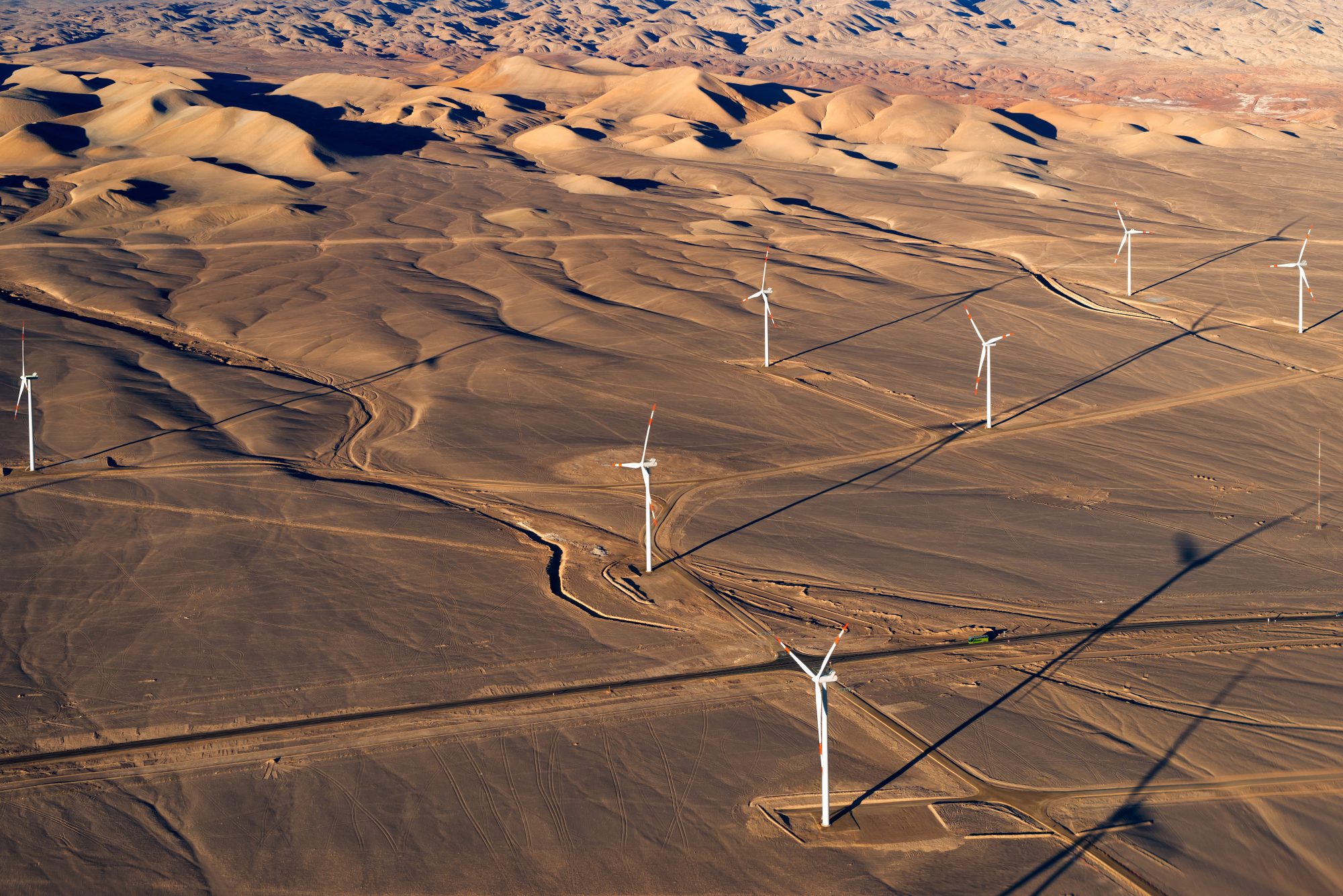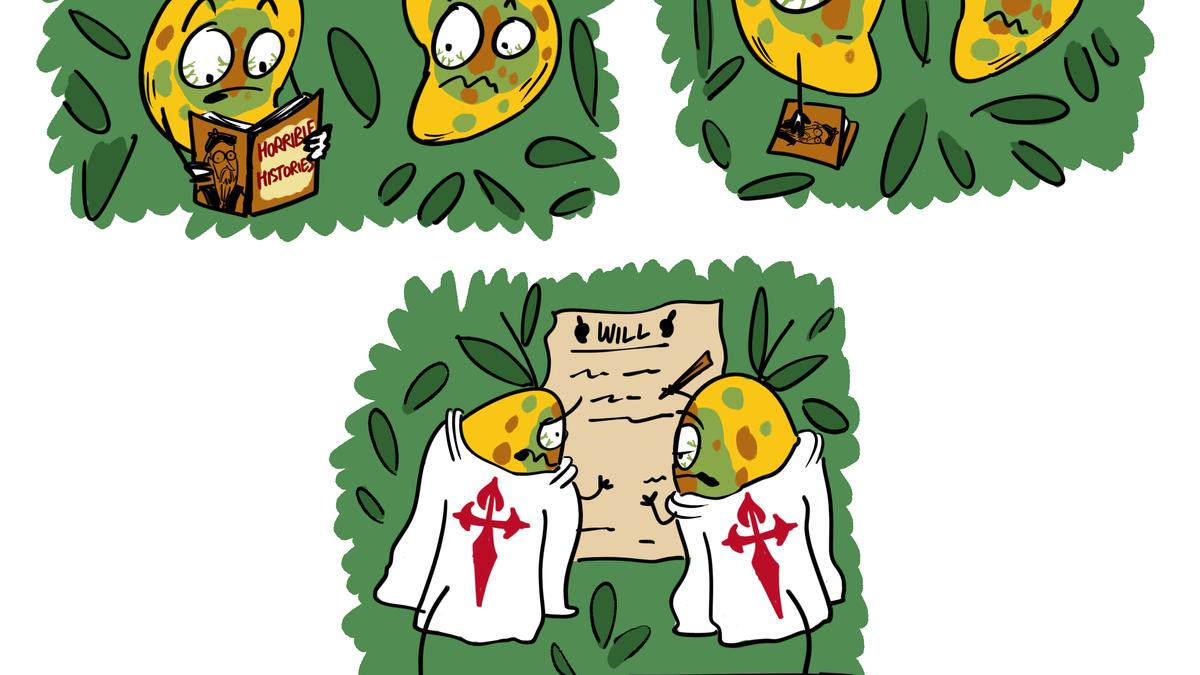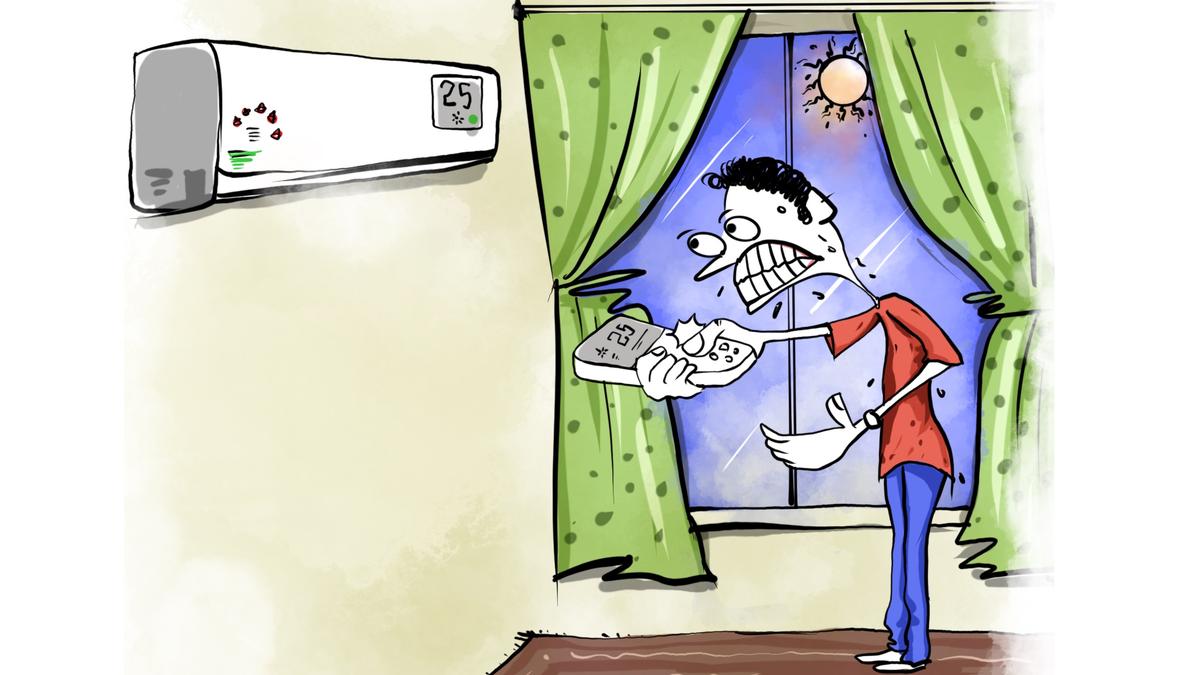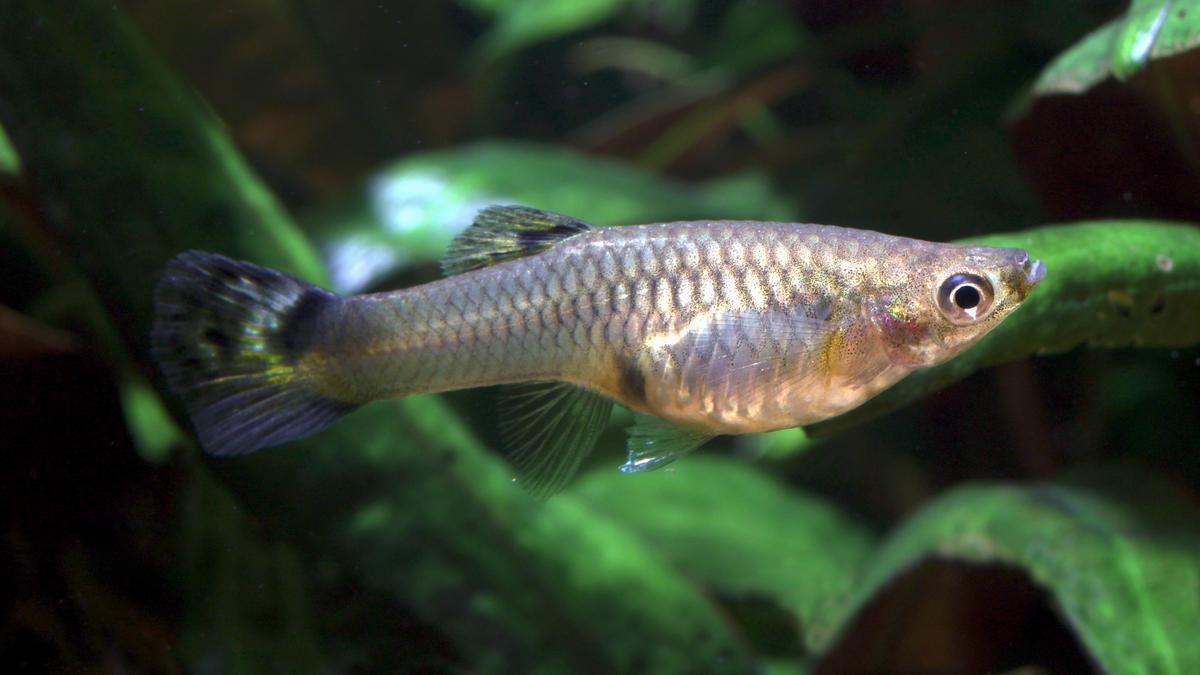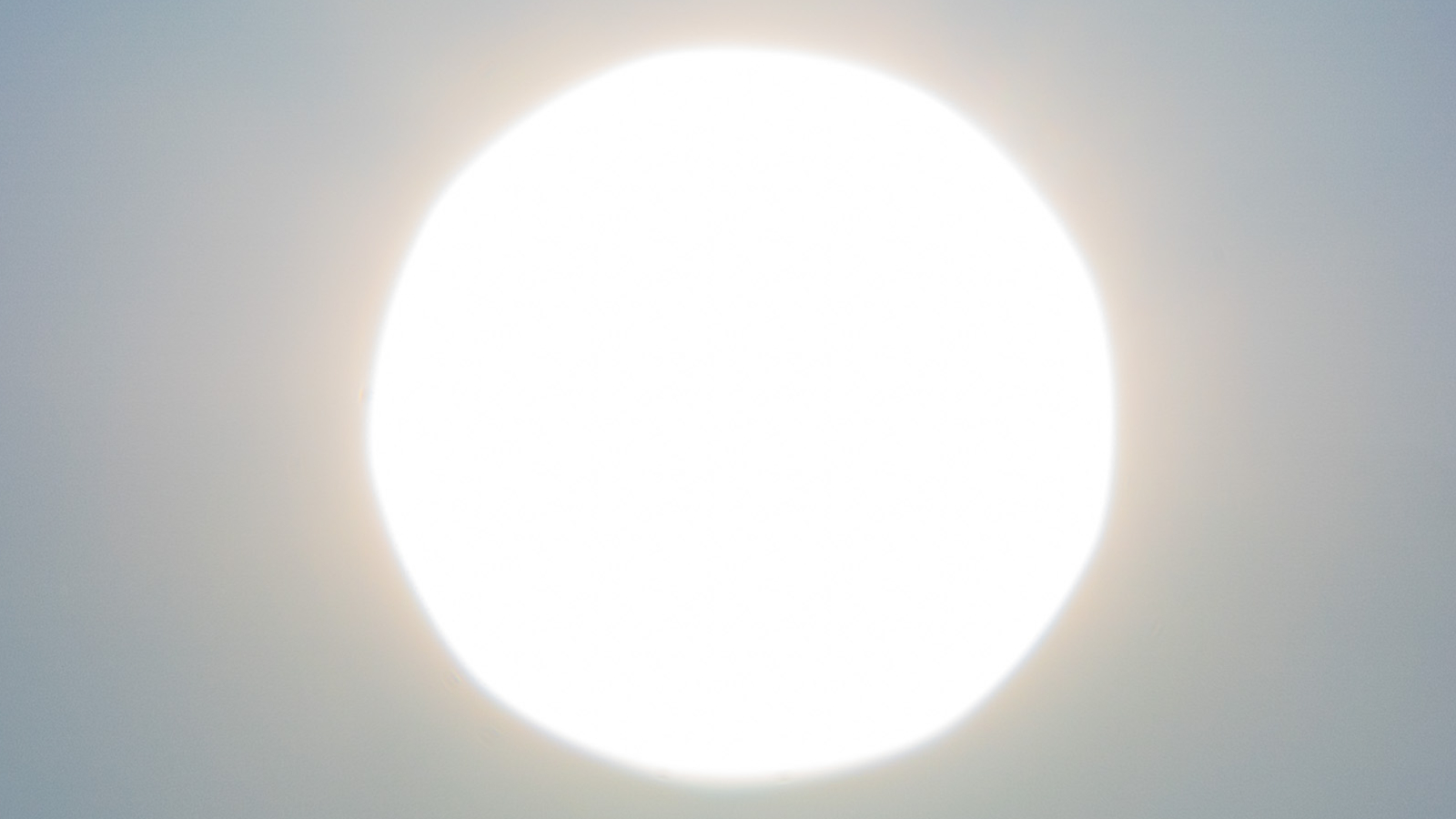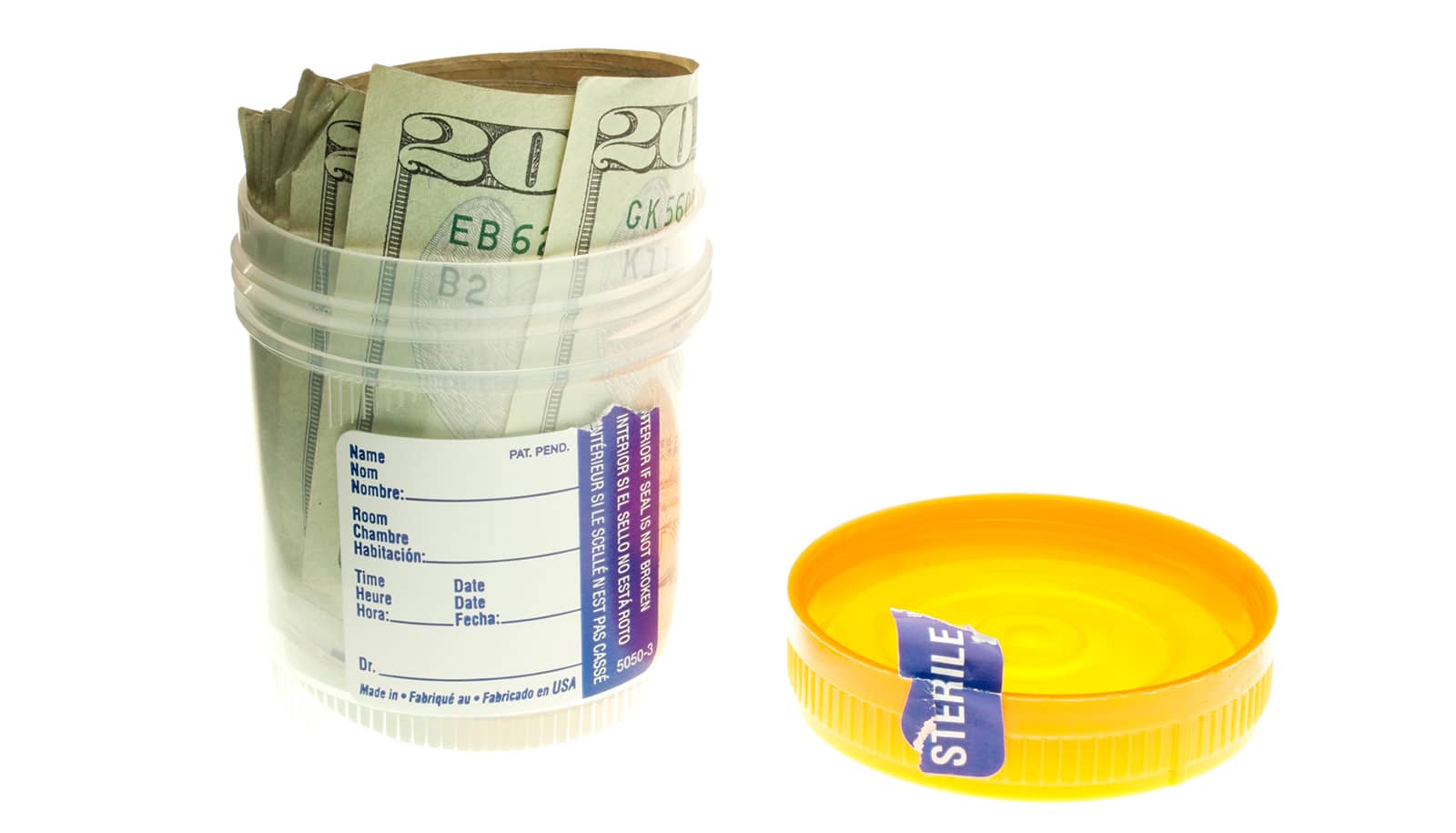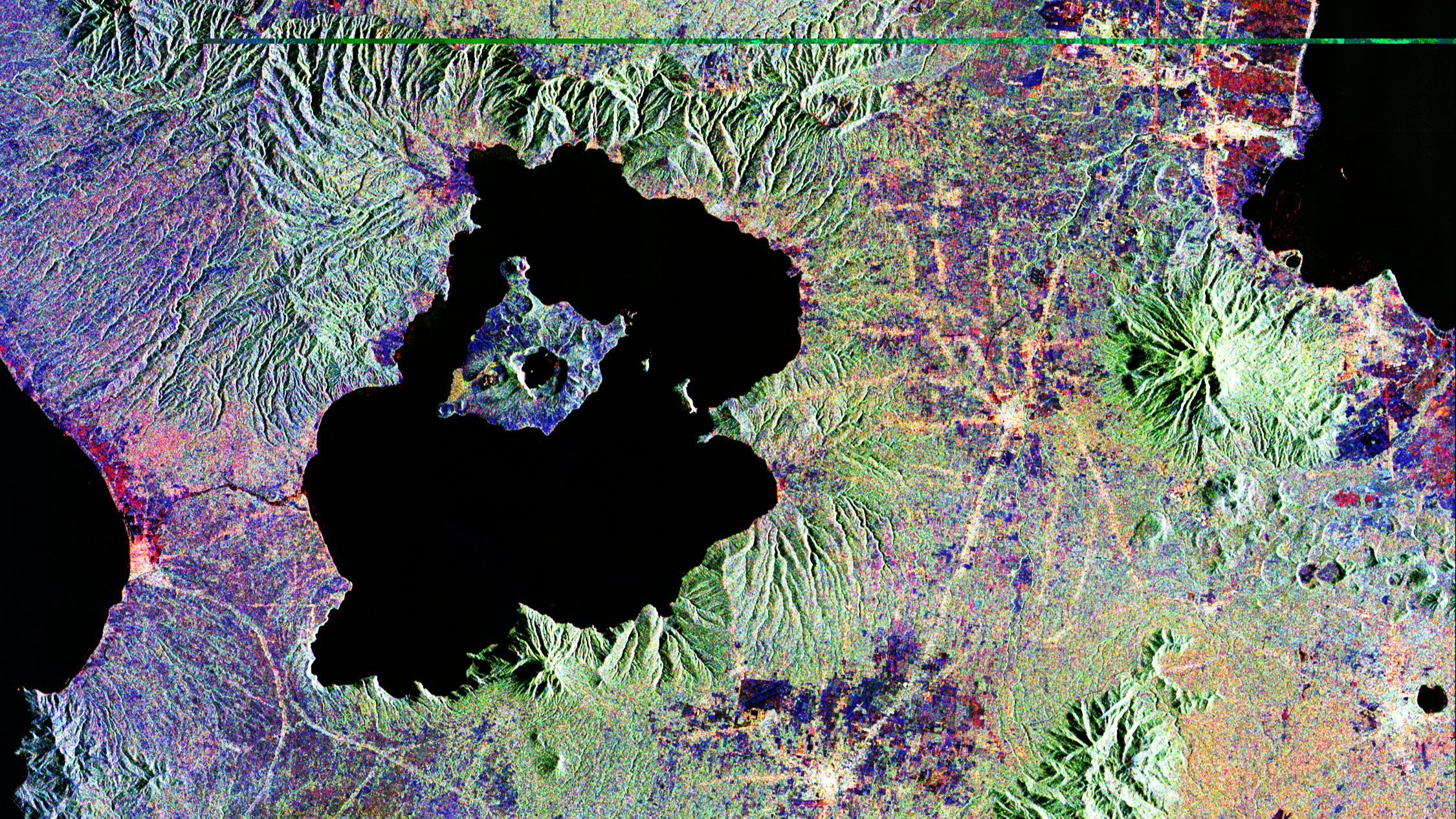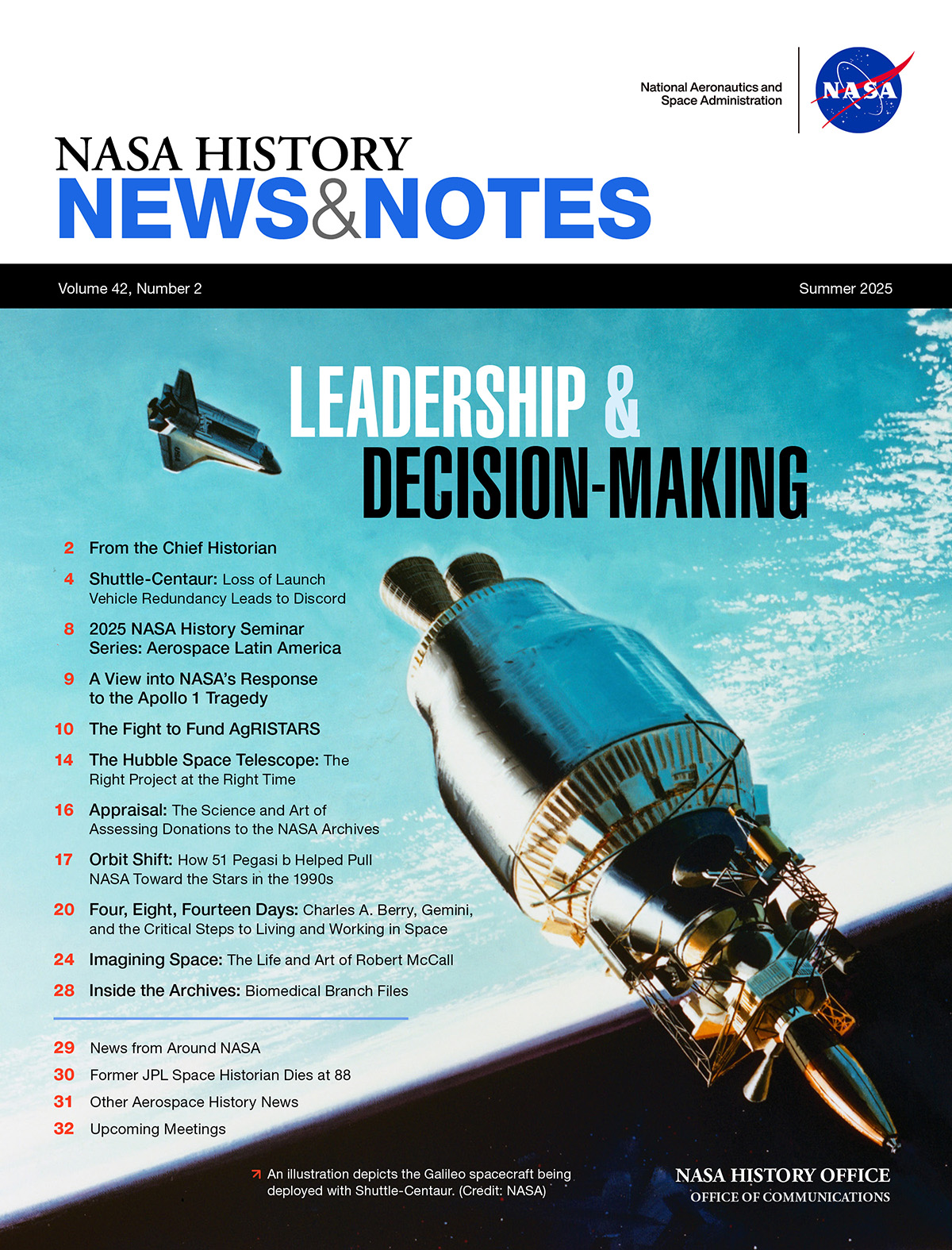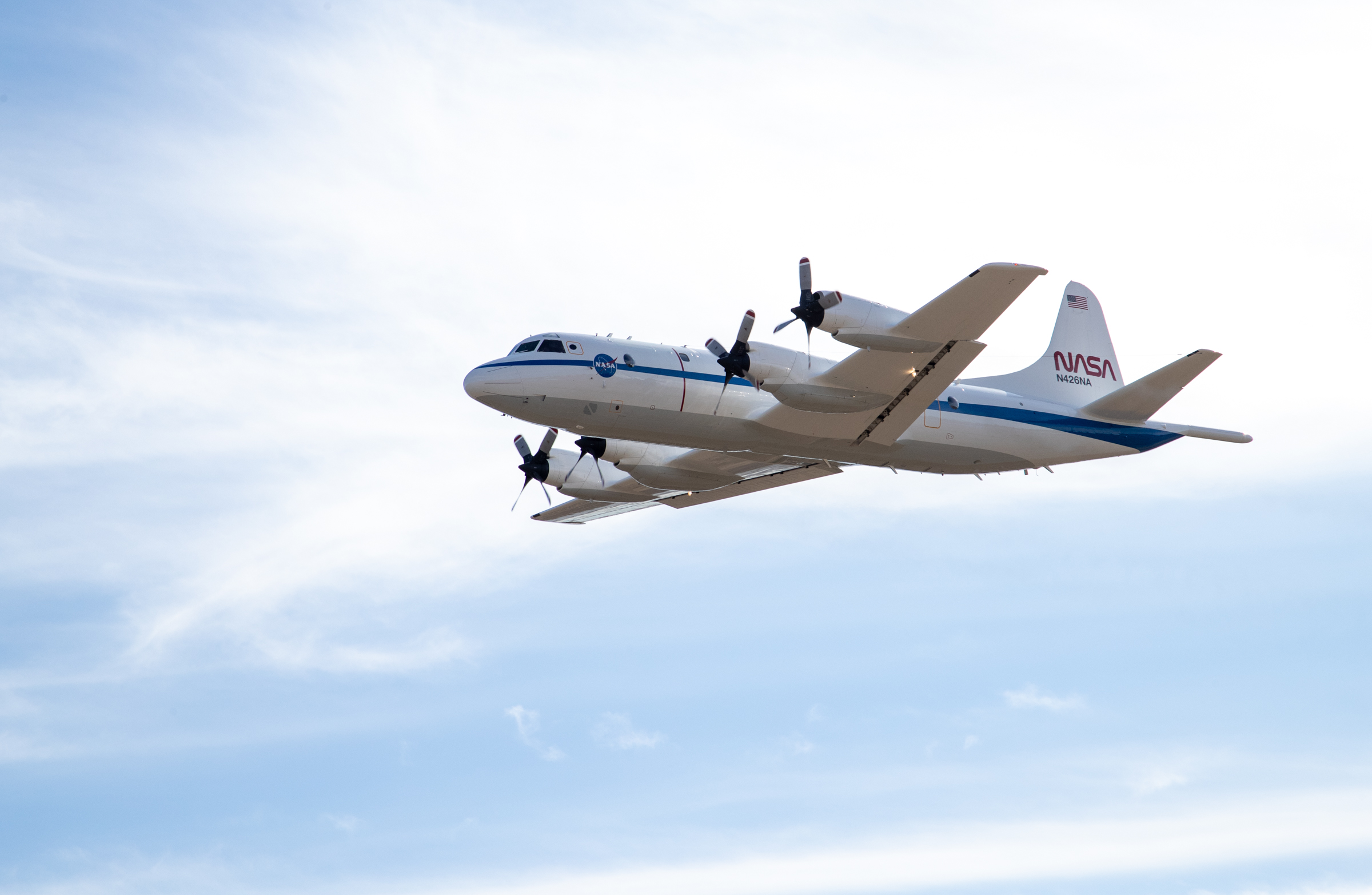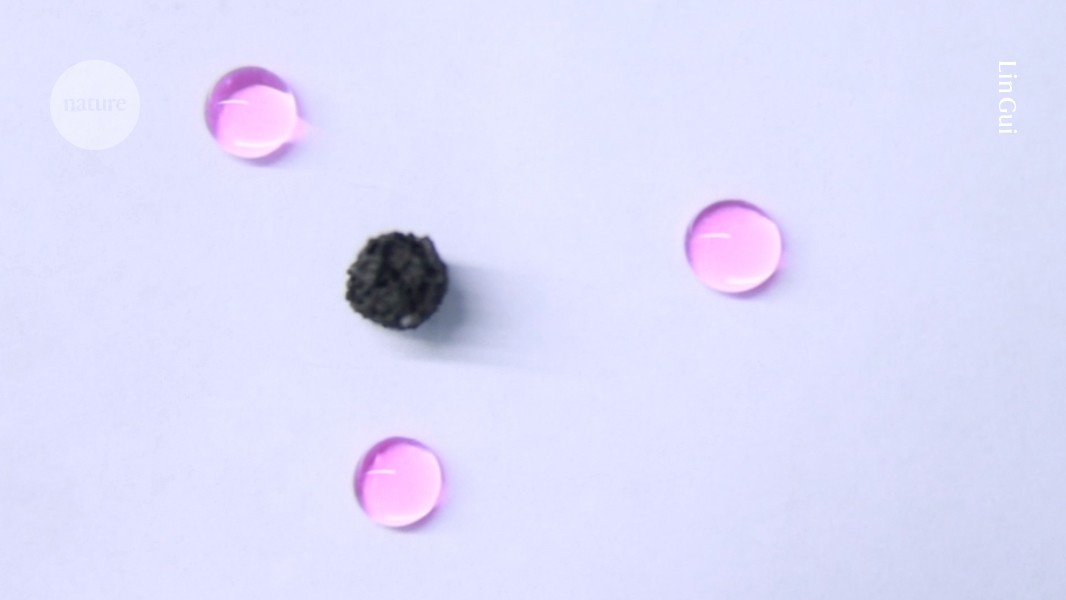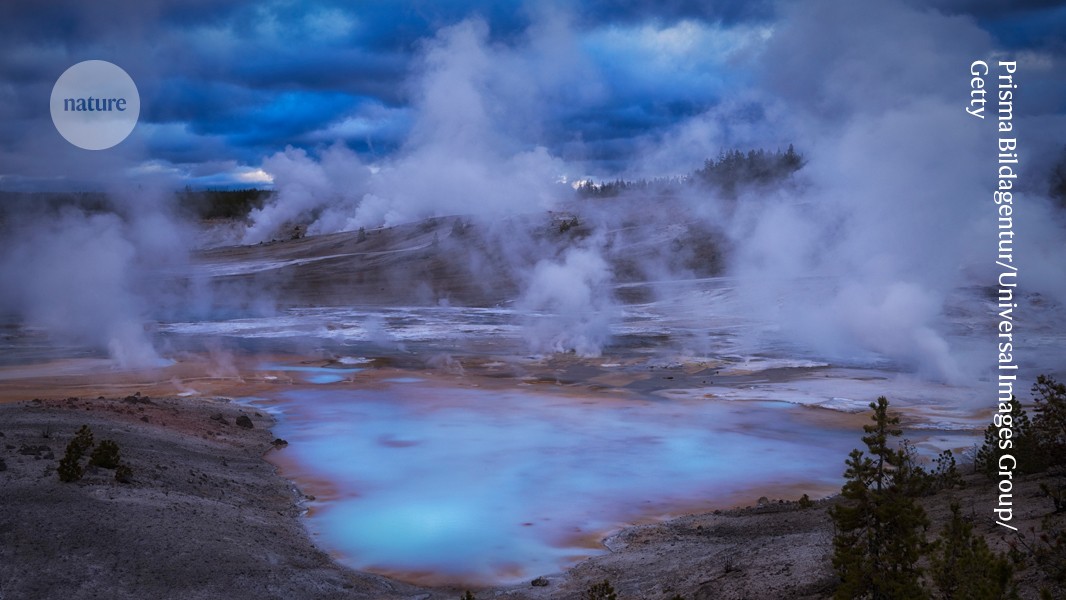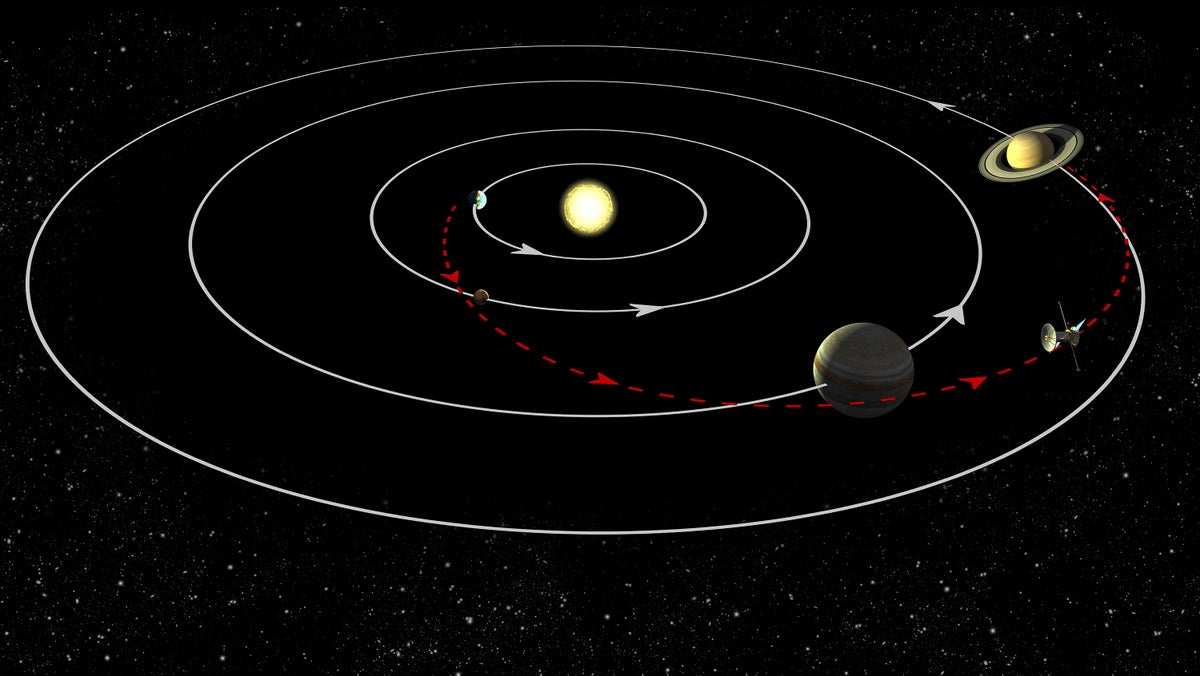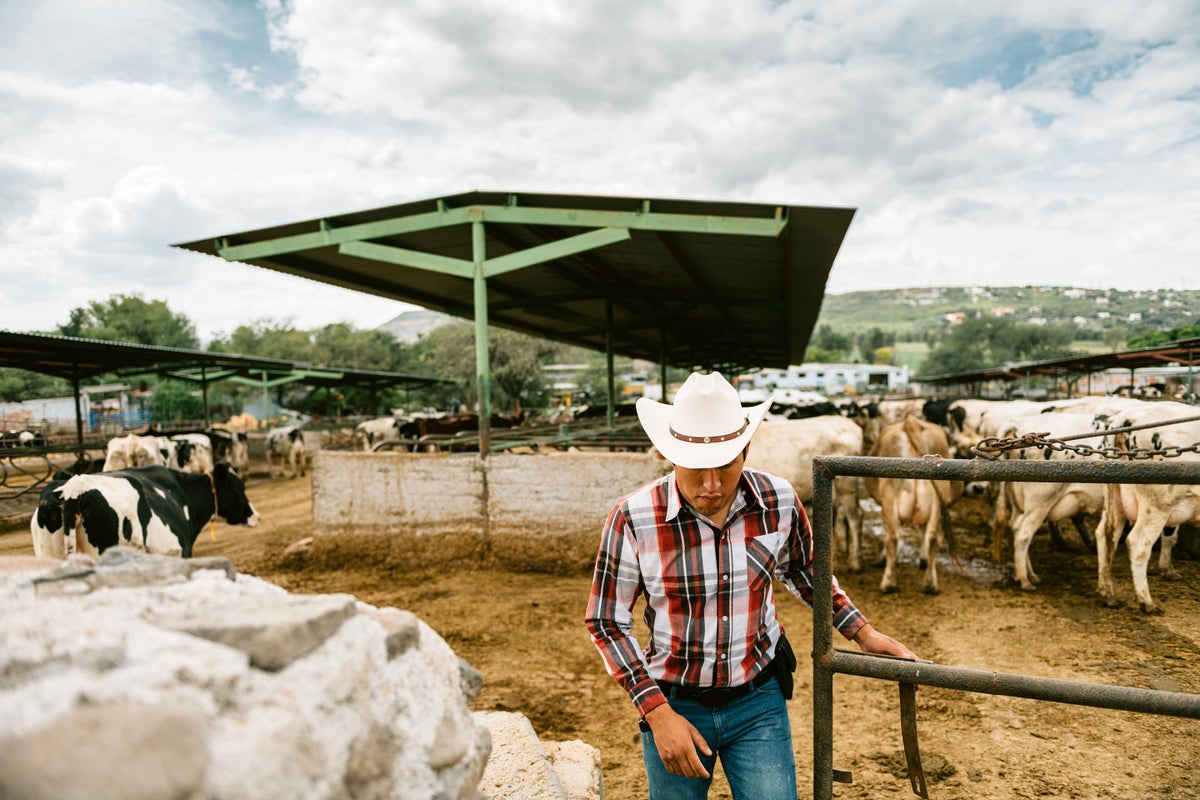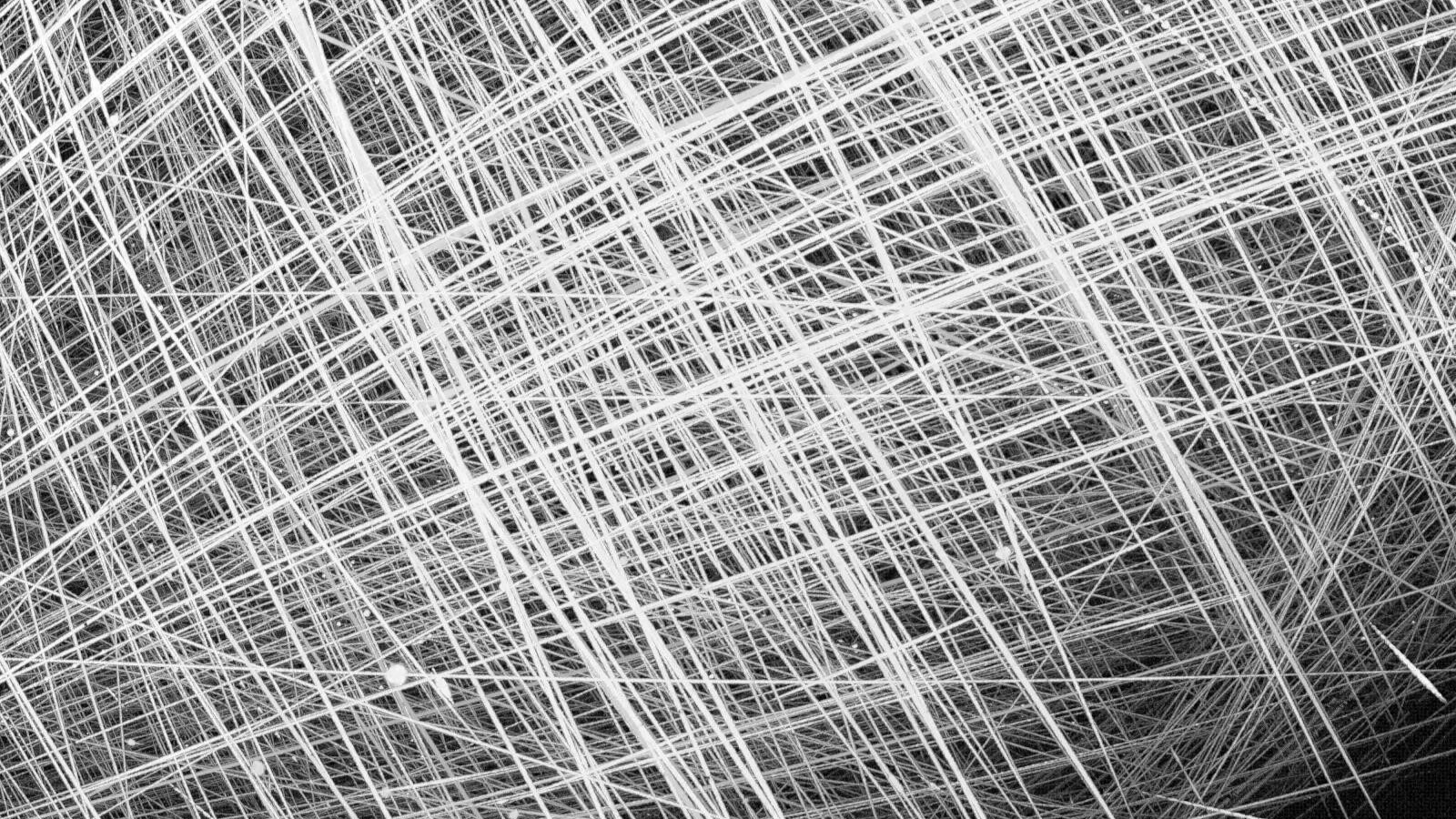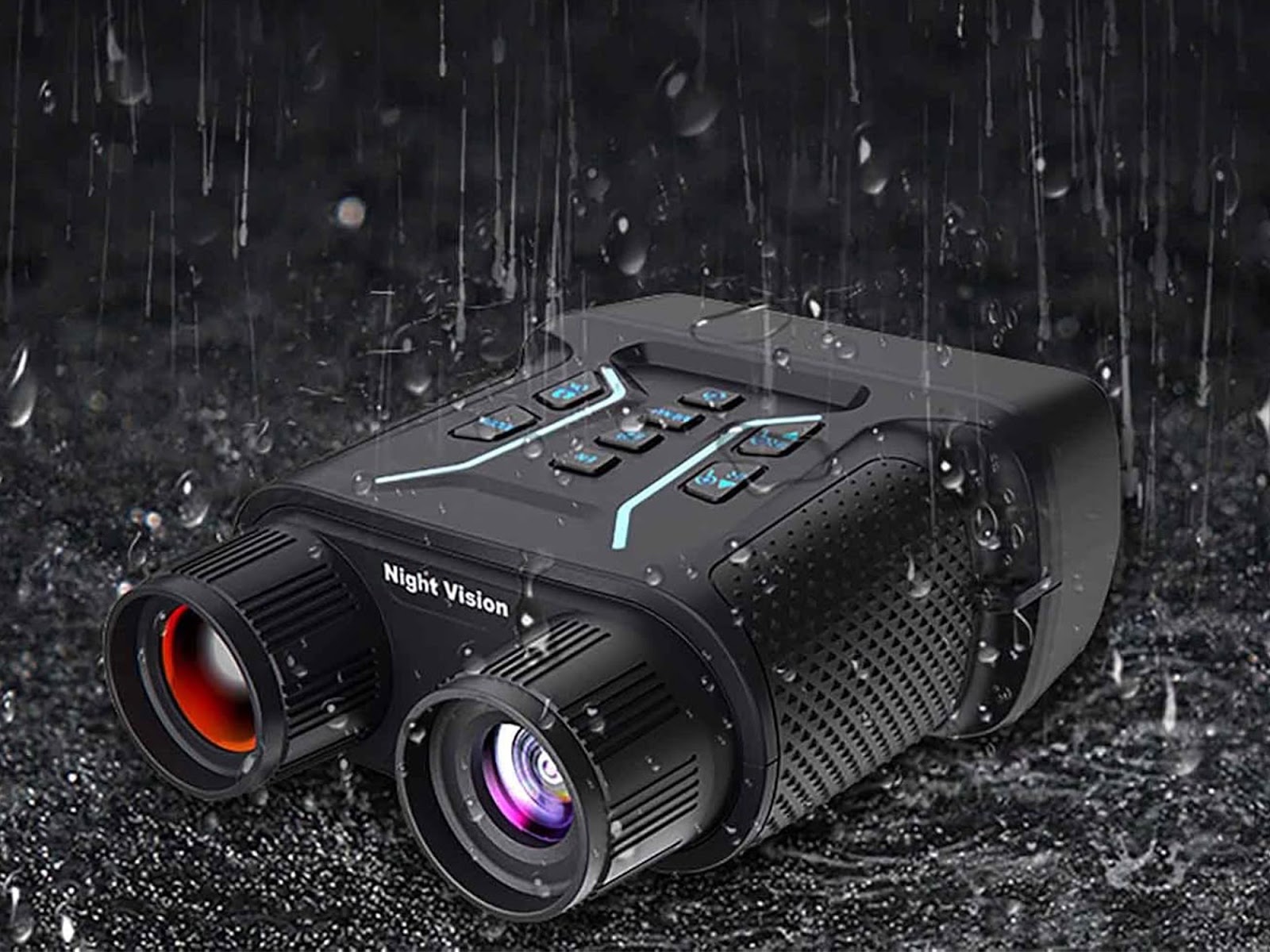How to pick the right bird feeder and feed for your area
The feathered friends around your home can be picky eaters, so be sure to provide them with their favorite meals. The post How to pick the right bird feeder and feed for your area appeared first on Popular Science.

It takes more than the best solar deck lights to create a lively ambiance in a home’s outdoor spaces. Cultivating our area’s native plants and observing the local wildlife is a joy that all humans should experience. If you’ve ever picked up a pair of birding binoculars, then you’ll know that birds are among nature’s most fascinating creatures—their chirps, hops, preening, and flight are all a delight to witness.
Birds, like most animals, spend significant amounts of time looking for food. While wild birds don’t depend on your seed, if you want to attract the widest variety of birds possible, picking up one of the best bird feeders is an excellent idea. Here’s how to set up the correct bird feeder for your area.
Start by finding out what birds are in your area
You can’t attract what isn’t there. One of your first steps should be figuring out what birds are actually in your area.
Just as we have maps to track the quality of our environment, there are also great surveys of environmental conditions and habitats for birds. You can use eBird Explore to find a list of what’s in your region or to check and see if your pre-existing favorite species is in your area. The site also has photos and sound recordings for various birds you might encounter. Audubon’s online Guide to North American Birds lets you sort birds by general region as well.
Guide to North American Birds
Of course, you don’t necessarily want everything to be so digital, as there’s something magical about viewing your birdfeeder with a book in your hand and your phone tucked away inside. For this, you may want to consult the National Audubon Society Birds of North America (2021) or one of the many regional field guides by Roger Tory Peterson of which the Peterson Field Guide to Feeder Birds of Eastern North America may be of particular interest.
Select the proper seed
Kaytee’s All American Wild Bird Food Seed
If your favored local birds are mostly of the seed-eating type, you’re in luck, as they’re some of the easiest birds to work with when it comes to a bird feeder.
Unfortunately, bird feeders don’t magically spawn the perfect seed blend as needed. You’ll need to buy your own, and there’s a surprising array to choose from:
- All-Around Blends: Blends like Kaytee’s All American Wild Bird Food Seed are surprisingly versatile and are a great place to start.
- Regional Blends: Some bird seed bags, such as Wagner’s Eastern Regional Wild Bird Food are made with regional birds in mind, but they aren’t necessarily going to be that much higher in value than your all-around blend.
- Fruit and Nut Blends: Bird seed bags such as Kaytee’s Nut & Fruit Wild Bird Seed include more than just the basic seed. Bird Watching Daily suggests fruit for species like woodpeckers and warblers, and nuts for birds like American robins, blue jays, and magpies. The fact is, a lot of birds benefit from extra fruit and nuts, but some are even more drawn to it than others.
- Black Oil Sunflower Seeds: The all-black sunflower seeds, such as those found in Wagner’s Black Oil Sunflower Seed Wild Bird Food are rich in fats and oils, making it a sort of “superfood” for birds.
Wagner Eastern Regional Wild Bird Food
Find a cool, dry, sealable place to store your new seed, such as a clean bucket. Small openings will bring pests like moths faster than you can believe, and moisture can cause your seeds to grow mold. Stored properly, bird seed will last significantly longer than it takes your birds to eat it.
Getting a good view
Now you have the seed, but where should your birds feed? If at all possible, you will want your bird feeder set up in a place where you can get a great view of it.
Nature Gear Window Bird Feeder
If you want to passively enjoy your local birds from your home office, nothing can beat the Nature Gear Window Bird Feeder, which we consider to be one of the best window bird feeders for its high-quality acrylic, simple suction setup, and all-clear construction. Whether the birds are outside of the feeder or inside it, you’ll get a great view of all of the action. The bird feeder is set up easily, too, as you just need to apply it to a reachable window with a simple suction cup.
However, if you don’t have a suitable window, this one won’t be for you. But don’t fret, because you can still get a quality bird feeder camera to catch the action. These work in a manner similar to dash cams—lying dormant most of the time, waking out of their slumber to take a quick picture or short video clip when a bird (or pesky squirrel) is present.
You may consider getting the Bird Buddy, one of our overall favorites. It can capture slow-motion videos of your birds, take pictures, and help you identify birds by species. You can even name your favorite birds that come back again and again, and it’ll alert you when “Bill” or “Birdo” stop by for a snack. Who knows, you may even capture an award-winning funny animal photo.
Bird Buddy smart bird feeder
Ultimately, if you’re willing to clean your bird feeder, you can pick any feeder. However, there are several factors to consider, including climate, environment, and the other species present in your area. In the next sections, we’ll cover more specific issues.
Rooftop and “house” bird feeders are great for Northern areas
Bird feeders with “awnings” or interior parts are surprisingly effective if you live in a Northern climate. Plenty of birds, such as chickadees or cardinals, set up a sort of permanent residency in even the most due North of states, not fleeing for the winter.
In these areas, your bird feeder can be a good source of food—use a mix with high-fat black oil sunflower seeds for the best results.
Seed isn’t good if it gets snowed on and frozen in, however. That’s why you may wish to try a birdhouse feeder or feeder with an awning, such as a Kingsyard Birdhouse Bird Feeder or even this wooden bird feeder that somewhat resembles a picnic pavilion. These devices will keep snow, and sometimes rain, out of your feeder.
Kingsyard Birdhouse Bird Feeder
Hummingbirds are a bit different
Everyone knows that hummingbirds are some of the weirdest flying creatures we encounter frequently. They have creative methods for flying through tight spaces, can hover in the air as precisely as a helicopter, and switch flight directions in the blink of an eye. We’ve even recorded them taking dives at 9Gs. But all of this incredible movement takes a special kind of fuel: Liquid fuel, or at least some liquid food.
You can’t dispense hummingbird food with a traditional bird feeder. Additionally, it isn’t very wise to set it out in a bowl—hummingbirds like to feed from flowers, and easily accessible sugary water in a bowl will attract ants and pests instead of the delightful creatures you’re trying to set up your feeder for.
Instead, you’ll need a dedicated hummingbird feeder. Our favorite is the Perky Pet 8116-2, which, despite the clunky name, has a rather elegant design. Its four feeding ports have a flower-like design on a base with a brushed copper finish. The red coloration is pretty and will attract hummingbirds, which have no sense of smell. All you’ll need to do is pour the food in, screw on the bottom tightly and set it up where you like best.
Try this birdfeeder if your area has clingers
Broadly speaking, we can classify birds as perchers and clingers. Perchers use horizontal bars like tree limbs, power lines, and the edge of a bird feeder to stand still, grasping their stationary spot from above. Clingers have a more claw-like grasp and are adept at grabbing onto the sides of trees, usually to scavenge for insects or, in the case of woodpeckers, to hunt for food in trees.
As you might guess from their reasoning for holding onto trees’ sides, clingers aren’t the biggest seed birds in the world. However, that doesn’t mean they shun seed altogether. A common example is the tufted titmouse, which eats a large combination of nuts, insects, fruit, suet, and even seed. Woodpeckers have also been known to go after seeds occasionally.
So, if you do happen to see birds clinging to trees in your area, or your bird guide suggests there are some in your area, a bird feeder that accommodates them makes a lot of sense. The Perky-Pet Red Cardinal Bird Feeder is a great choice for this, as it has a side net for clingers and a rim for perchers, giving you a chance to attract even more of your local birds.
Perky-Pet Red Cardinal Bird Feeder
When setting up a clinger-accessible bird feeder, you’ll likely be pouring in quite a bit of seed at once. If your seed mix contains a lot of proso millet (the tiny, lightly colored, round seeds), you’ll likely make a small mess as many will pour through the openings in the cling mesh. Be sure to fill outside and away from your garden, as you won’t want these seeds growing in it. (You should plan your chaos garden, as weird as that sounds.)
Owls don’t give a hoot
Owls largely eat rodents, a guest you likely don’t want to encourage. As a result, there isn’t really a bird feeder set up for owls that’s going to make sense for the vast majority of people. That doesn’t mean that you can’t do anything to entice owls into your neck of the woods, however.
Many people find success with owl houses, such as the Screech Owl House. These are essentially giant-sized birdhouses with extra ventilation, but can make a very cozy home for your local owl with some luck. The Owl Research Institute recommends filling these homes up about halfway with wood shavings, as owls don’t nest in quite the same way as nesting birds do.
Screech Owl House
When and how to hang your bird feeder
Despite what intuition might tell you, you don’t explicitly have to hang a bird feeder for it to work. There are obviously the suction cup bird feeders that we mentioned above, which technically aren’t hanging, but you can also place the bird feeder on an outdoor table or stake it into the ground. In fact, you can skip the bird feeder altogether if you like; birds have no reservations about eating seed from between the blades of grass in your lawn.
However, in many cases, a hanging bird feeder is preferred. It keeps the birds safe from predators like cats and makes it more difficult for squirrels to nab food that’s not intended for them.
But how should you set one up? Too high up and it’ll be an absolute chore, not to mention more dangerous than necessary, every time you need to climb the ladder to add more bird food and clean out your feeder. Instead, aim for around head and shoulder height. You’ll still probably want to add something to keep squirrels out of the feeder, and cats have a pretty high vertical leap. This all being said, your birds should be quite safe, as birds tend to be skittish and highly aware of their environment.
As for the hanging method, cheap metals and attractive twine ropes may initially look appealing, but you’ll want a rust-proof chain or hook for the long haul. Look for materials like galvanized steel, polycarbonate plastic, or even treated cedar wood for a long-term solution. Avoid getting too fancy here, as you’ll want to be able to take the bird feeder down periodically for cleaning purposes.
Beyond bird feeders
As the suggestion of an “owl house” suggests, getting a good look at birds can go beyond setting up a bird feeder, breaking out the binoculars, and settling into the patio furniture. Beyond installing birdhouses, there are many things you can do to increase the chances of birds exploring your yard, such as planting fruit-bearing bushes, keeping your trees healthy, avoiding cutting tree limbs for vanity purposes, setting up a solar birdbath, and providing compost and mulch to encourage earthworms. Don’t let setting up your bird feeder be the end stage of your newfound hobby, but rather the beginning.
The post How to pick the right bird feeder and feed for your area appeared first on Popular Science.












